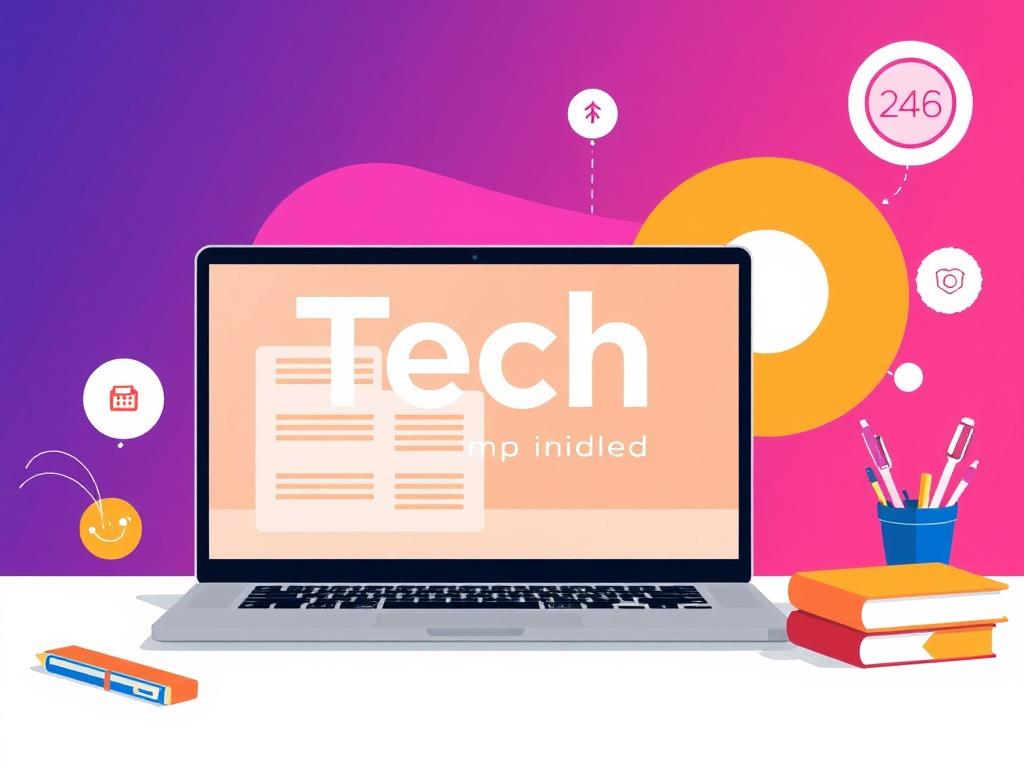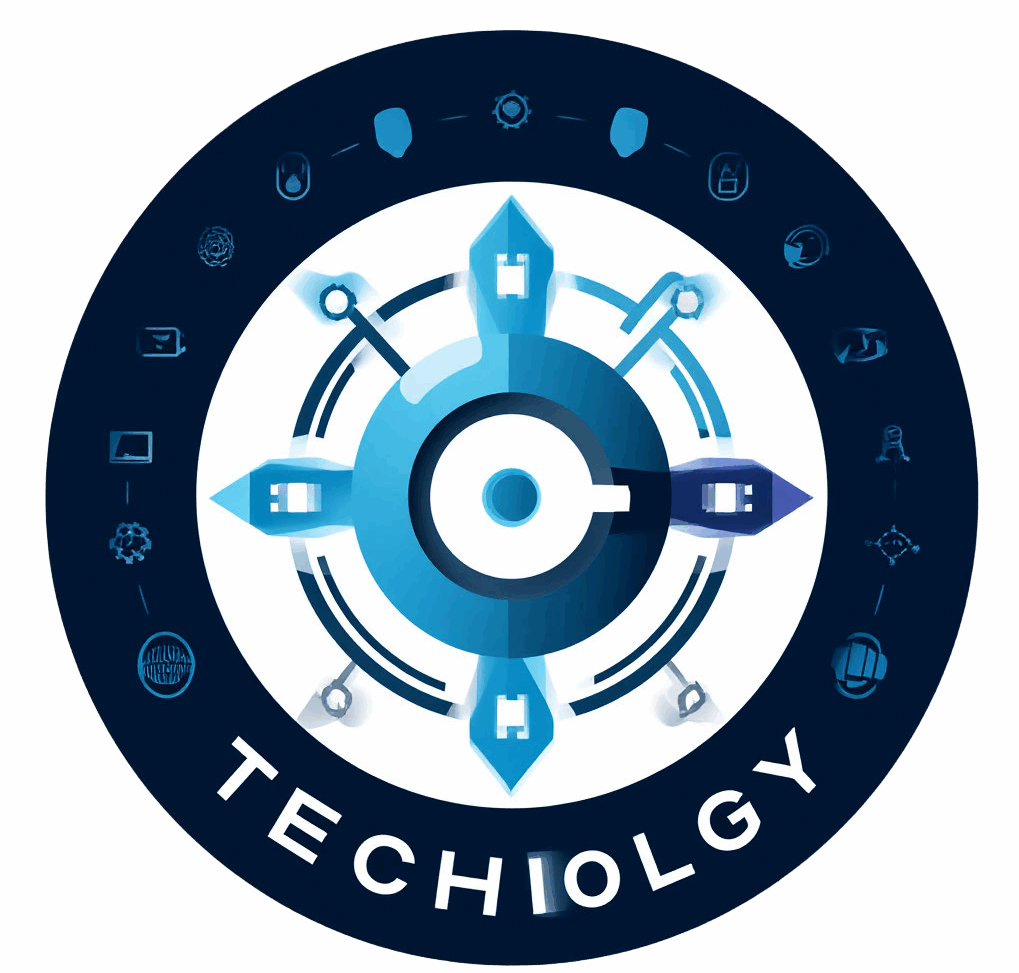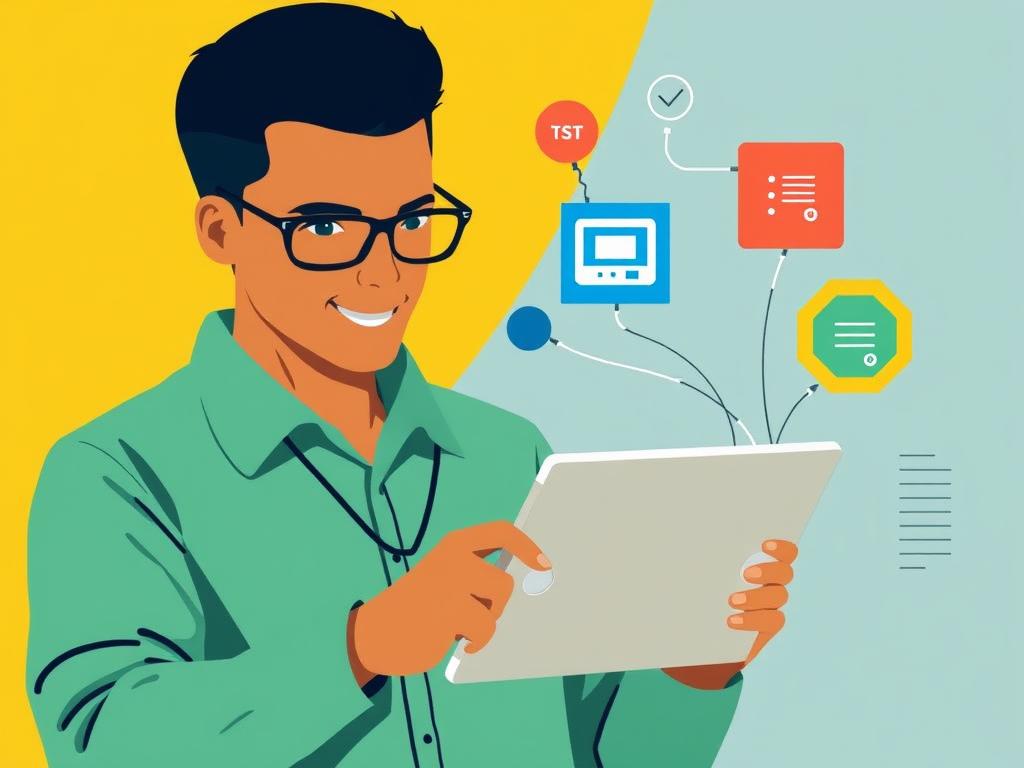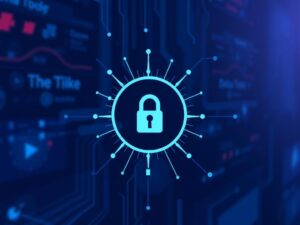Introduction to the New Era of Learning
Education has undergone a significant transformation over the last few decades. With the rapid advancement of technology, the way we learn and teach has evolved dramatically. EdTech, or educational technology, is no longer just an additional tool; it has become the backbone of modern education systems worldwide. From interactive learning platforms to AI-powered personalized tutoring, technology is reshaping the educational landscape in remarkable ways. This article will explore how technology is revolutionizing education, highlighting key innovations and their impact on students, teachers, and institutions alike.
What is EdTech?
EdTech refers to the use of digital technology to facilitate learning and improve educational outcomes. It includes a wide range of tools such as online courses, educational apps, virtual reality, artificial intelligence, and more. By integrating technology into classrooms and e-learning environments, educators can offer enriched learning experiences that were unimaginable just a few years ago.
One of the primary benefits of EdTech is its ability to make education more accessible. Whether a student lives in a remote area or has mobility challenges, technology can break down barriers and provide quality educational resources anytime, anywhere.
Examples of Popular EdTech Tools

To better understand how EdTech is reshaping education, here’s a look at some popular technology-driven tools that are widely used today:
| Tool/Platform | Description | Purpose |
|---|---|---|
| Khan Academy | Online learning platform offering free courses on various subjects. | Self-paced learning and supplemental education. |
| Google Classroom | Digital classroom management system with assignment tracking and collaboration features. | Facilitates communication between teachers and students. |
| Duolingo | Language learning app using gamification to engage learners. | Helps users learn new languages effectively. |
| Coursera | Massive Open Online Courses (MOOCs) platform offering courses from top universities. | Provides access to higher education and professional development. |
| Smartboards | Interactive whiteboards that enhance classroom engagement with touchscreen technology. | Supports interactive teaching and multimedia presentations. |
The Benefits of EdTech for Students
Technology in education is not just about gadgets and software; it fundamentally changes the way students learn. One of the most significant advantages is personalized learning. Unlike traditional education, where the same material is taught to all students simultaneously, EdTech allows for tailored learning paths that adapt to a student’s pace and style.
Moreover, EdTech enhances student engagement. Tools like gamified learning apps and interactive whiteboards transform lessons into fun, immersive experiences. This higher engagement helps improve retention and develops critical thinking skills. Remote learning platforms also make education more flexible, enabling students to access lessons whenever it suits them, giving them control over their learning journey.
Key Benefits of EdTech for Students

- Personalized learning experiences catering to individual needs.
- Interactive tools that keep students motivated.
- Access to a vast array of resources beyond textbooks.
- Opportunity to learn at their own pace and convenience.
- Development of digital literacy skills essential for the future.
How Teachers Are Embracing Technology
Teachers play a crucial role in the education ecosystem, and EdTech is transforming how they deliver content and assess student performance. Digital platforms make it easier for educators to design customized lesson plans, track student progress in real-time, and provide timely feedback.
Additionally, technology supports collaborative learning environments where students can connect and work together online. This prepares learners for the modern workforce where teamwork and communication are paramount. Teachers can also use data analytics tools embedded in educational software to identify learning gaps and adjust teaching strategies accordingly.
Challenges Teachers Face with EdTech
While EdTech offers exciting opportunities, it is not without challenges. Some of them include:
- Learning to use new tools effectively.
- Ensuring equal access for all students.
- Maintaining student attention in a digital environment.
- Balancing screen time with traditional learning methods.
- Addressing technical issues during classes.
Despite these hurdles, many educators see technology as an indispensable ally that enriches their teaching toolkit.
EdTech and the Future of Education

The future of education is undoubtedly intertwined with the growth of EdTech. Emerging technologies like artificial intelligence, virtual reality (VR), and augmented reality (AR) are opening up entirely new ways to teach and learn. Imagine history lessons where students can virtually walk through ancient civilizations or science classes where complex experiments are simulated in 3D environments—these possibilities are becoming a reality.
AI-powered tutors can provide personalized support, answering questions and guiding students through challenging subjects. Adaptive learning systems are constantly evolving to offer more accurate recommendations based on student performance data. These advancements promise to make education more effective, inclusive, and engaging than ever before.
Emerging Trends in EdTech
| Trend | Description | Impact |
|---|---|---|
| Artificial Intelligence | AI algorithms analyze learning data to create personalized pathways and automate grading. | Enhances individualized instruction and reduces teacher workload. |
| Virtual Reality | Immersive simulations for experiential learning. | Makes abstract concepts tangible and improves retention. |
| Gamification | Incorporating game design elements into learning activities. | Boosts motivation and makes learning fun. |
| Mobile Learning | Access to educational content via smartphones and tablets. | Increases flexibility and accessibility. |
The Role of Institutions in Supporting EdTech
For EdTech to reach its full potential, educational institutions must invest not only in technology but also in training and infrastructure. Schools and universities need to adopt a holistic approach that involves updating curricula to include digital literacy, providing professional development for teachers, and ensuring reliable internet access for all students.
Furthermore, partnerships between educational institutions and EdTech companies can foster innovation and the development of better tools. Institutions that embrace this collaboration are likely to stay at the forefront of education while preparing their students for success in a digital world.
Important Considerations for Institutions
- Ensuring cybersecurity and data privacy for students and staff.
- Bridging the digital divide to promote equity.
- Evaluating the effectiveness of EdTech tools regularly.
- Encouraging parental involvement in digital learning initiatives.
- Building flexible learning models to accommodate diverse needs.
Conclusion
Technology has undeniably revolutionized education, making learning more accessible, engaging, and personalized. EdTech empowers students to take charge of their education while providing teachers with innovative tools to enhance instruction. Despite the challenges, the ongoing advancements in artificial intelligence, virtual reality, and mobile learning signal an exciting future where education transcends traditional boundaries. As institutions, educators, and learners continue to embrace these technologies, the promise of a more inclusive, effective, and inspiring educational experience becomes increasingly attainable. Embracing EdTech is not just about adopting new tools—it’s about reshaping the very essence of learning to better prepare the next generation for a rapidly changing world.



